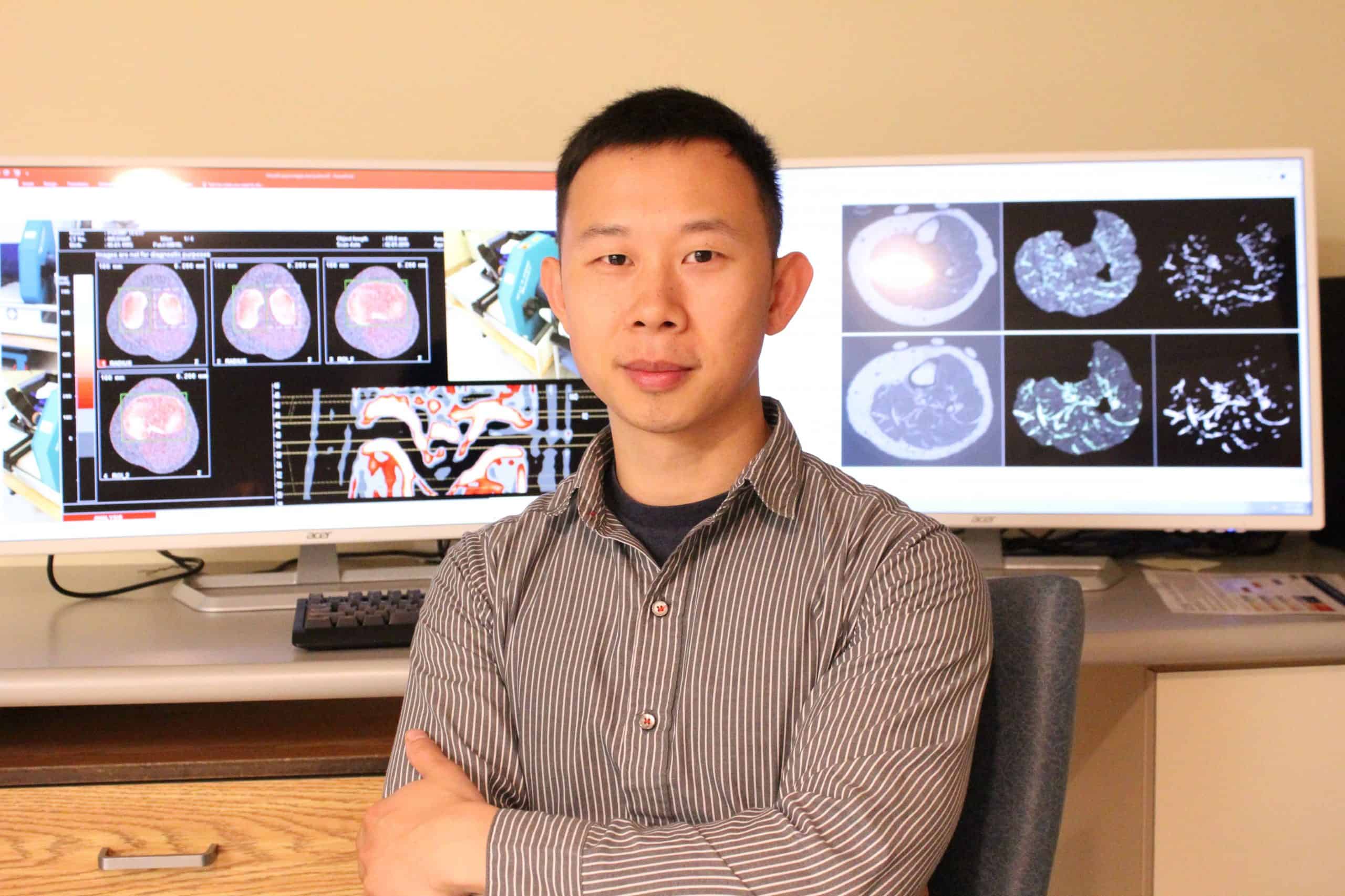While previous studies have shown bone and muscle to interact, little is known regarding the role of fat within bone and muscle, explains Andy Kin On Wong, PhD. Dr. Wong and colleagues hypothesized that bone marrow adiposity and muscle adiposity could be related and that their relationship is potentially moderated by metabolic abnormalities associated with osteoporosis. To test these hypotheses, the researchers conducted a cross-sectional study, published in The Journal of Bone and Mineral Research.
For the study, postmenopausal women aged 60 to 85 underwent multiple scans including dual‐energy X‐ray absorptiometry of the hip and spine to diagnose osteoporosis, MRI at mid-leg to measure muscle adiposity, and peripheral CT scans to gather bone, muscle, and fat data at the mid-leg and ankle. The researchers completed MRI muscle fat segmentation using an iterative threshold‐optimizing algorithm. Additionally, participants’ height and weight were measured and data were collected on age, fracture history, use of glucocorticoids, history of diabetes, and hypertension.
The study team found that a 10 mg/cm3 lower bone marrow density (representing greater bone adiposity) was associated with 84.08 (27.56) mm2 and 129.17 (55.96) mm2 larger muscle fat area at the mid-leg and at the ankle, respectively, even after accounting for age, height, weight, average daily energy expenditure, hypertension, and diabetes. Additionally, participants with osteoporosis appeared to have a strong muscle and bone adiposity relationship, but in those without osteoporosis, this association was absent. Participants with moderate or high fracture risk also shared this relationship.
“It’s important to highlight that it appears that fat distribution within bones and muscles is a particularly prominent issue in osteoporosis,” stresses Dr. Wong. “The fat in these different sources being related to one another tells us there may be a common mechanism to its development and invasion into tissues. More research should focus on the potential abnormalities in muscle and bone fat metabolism and mesenchymal cell commitment to fat within patients with osteoporosis. Mechanisms explaining why and how fat may accumulate within muscle and bone will be important to determine potentially modifiable factors that we could target as either prevention strategies or treatment targets.”


 Rebecca Shover
Rebecca Shover